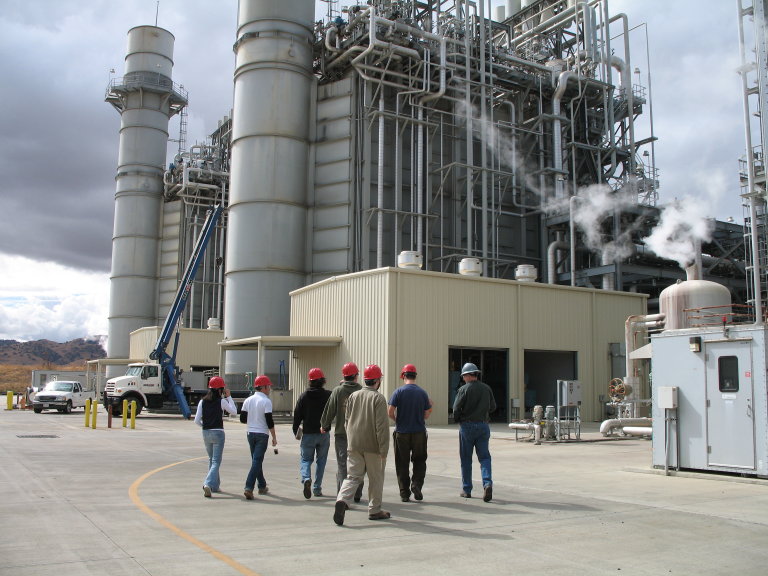I wonder if they attach luneburg lens to some of these Iranian drones to trigger the radar.
I doubt it as that would give the game away. They are not trying to fool Ukrainian radars but NATO ones.
Basically the problem Russia faced was that Ukraine AD was in essence ‘cheating’ by relying on NATO AWACS and ISR for early warning and tracking and only used their own radars to lock and take a shot, and then pack up and scoot.
That made SEAD essentially impossible unless you are prepared to shoot down NATO ISR assets, which the Russians were not. That was why the VKS were sidelined for much of the war and limited to stand off attack, CAP and CAS with Su25s and attack helicopters. Don’t get me wrong, they still could penetrate deep into Ukrainian held territory almost at will, but every time they do, they take a big risk that an Ukrainian SAM will be in the right place at the right time to shoot them down. I think after loosing too many Su30s and Su34s that way, the Russians just decided to stop risking and wasting their high end aircraft like that.
Cheap, expendable and slow Iranian suicide drones have now changed that equation. Russia is using the cheap Iranian drones to bait the Ukrainians into committing their AD to defend against the attacks, thereby briefly giving away their position for DEAD attack. The reason Shaheds work for this purpose so much better than cruise missiles are twofold (totally ignoring the cost and availability issues).
Firstly, these drones are easy to detect, that is a benefit when the goal is to get the enemy to shoot at you. Cruise missiles generally fly lower, faster, having smaller RCS and do terrain following etc all to minimise detection and reaction time.
The second reason is that they are slow, making it possible for Orlans to keep better tab of when something takes a pot shot. The slower speed also helps to ensure more AD units can spin up and have a pop.
It will be interesting to see how long it takes for Ukraine to wise up and develop a counter. If they can’t do that soon, the VKS might decide enough SAM launchers and missiles have been taken out to be worth deployment manned jets deep into Ukrainian held territory again. Indeed, this may all be groundwork to allow them to unleash the VKS for their next major offensive.


